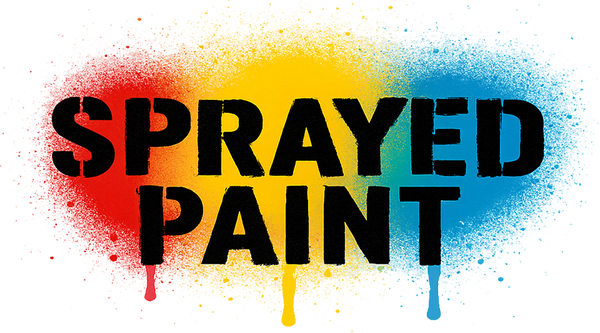
Wheatpaste is a popular medium in both graffiti art and street art. It is a paste made of flour and water, which can be used to stick posters or images onto walls, buildings, or other public surfaces. The use of wheatpaste has become increasingly popular over the years, due to its versatility, ease of use, and ability to create bold, eye-catching artwork. Wheatpaste is a popular medium among street artists and graffiti artists because it is affordable and easy to make. The paste can be made using basic ingredients that are readily available, including flour, water, and sugar. Once the paste is mixed, it can be applied to any surface using a brush or roller. The paper or image is then carefully applied to the surface, smoothing out any bubbles or wrinkles. One of the main advantages of using wheatpaste is its ability to create large-scale artwork quickly and easily. Wheatpaste posters can be created on a computer, printed out on a large format printer, and then pasted onto a wall or building. This allows street artists to create complex, multi-layered images that can cover entire walls or buildings. Wheatpaste also allows artists to easily change or update their artwork. If a piece becomes damaged or outdated, it can be easily removed and replaced with a new image. This flexibility is a key advantage of wheatpaste, as it allows artists to keep their work fresh and relevant. In addition to its versatility, wheatpaste is also a popular medium among street artists because it can be used to create art that is political, social, or simply aesthetic. Many street artists use wheatpaste to create images that comment on social or political issues, such as poverty, inequality, or environmental degradation. These images can be powerful tools for social and political activism, as they can draw attention to important issues and inspire people to take action. Wheatpaste is also a popular medium for creating art that is purely aesthetic. Street artists often use wheatpaste to create colorful, abstract, or surreal images that are visually striking and capture the imagination. These images can be found on walls, sidewalks, and other public surfaces, and are often a source of inspiration and wonder for passersby. Despite its popularity among street artists and graffiti artists, wheatpaste is not without its challenges. One of the main challenges of wheatpaste is its legality. In many cities, it is illegal to apply any kind of adhesive to public surfaces, which means that street artists who use wheatpaste are often at risk of being arrested or fined. Another challenge of wheatpaste is its temporary nature. Because wheatpaste posters are not as durable as other forms of street art, they can be easily removed or damaged by weather or other environmental factors. This means that street artists who use wheatpaste must be prepared for their artwork to have a relatively short lifespan. Despite these challenges, wheatpaste remains a popular medium among street artists and graffiti artists. Its versatility, affordability, and ease of use make it an attractive option for artists who want to create bold, eye-catching artwork that can be easily updated or changed. And while the temporary nature of wheatpaste may be a challenge, it also adds to the allure of this medium, as it allows artists to create artwork that is fleeting and ephemeral, yet still capable of making a lasting impact on those who see it.
